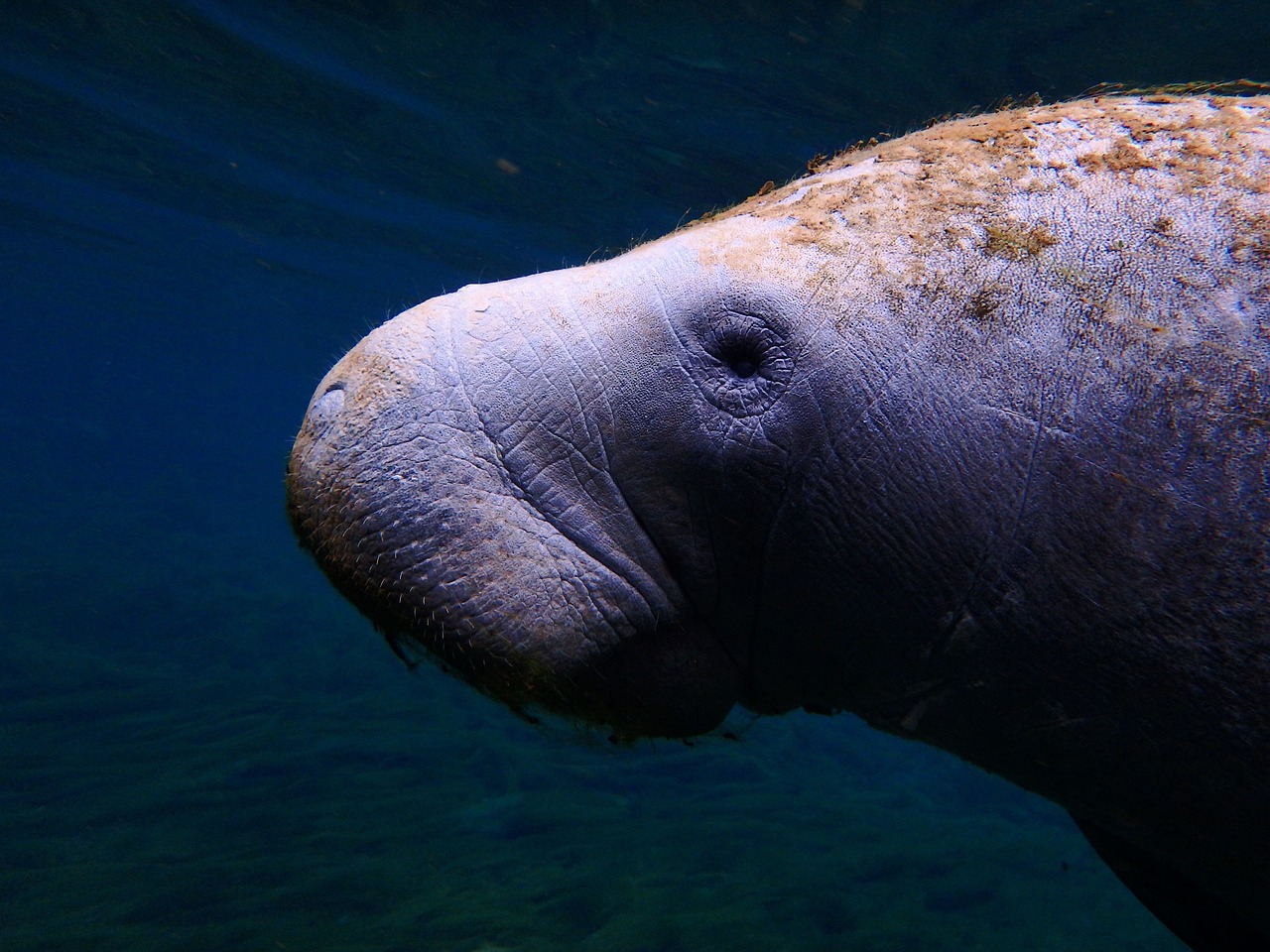

Manatees as Gardeners of the Amazon:
The Ecological Role of Trichechus inunguis in Seed Dispersal and Plant Diversity
By Gayil Nalls
Sign up for our monthly newsletter!
A s a child, I swam with manatees in the warm, spring-fed waters of the St. John’s River in northern Florida. These formative experiences left me with a deep admiration for these gentle herbivores, whose calm presence belies their ecological importance. While the Florida manatee (Trichechus manatus latirostris) is relatively well known, its Amazonian cousin (Trichechus inunguis) remains less studied—yet plays a vital role in the health, biodiversity, and ecological functioning of the Amazon Basin, South A merica’s largest rainforest.
The Amazonian manatee is the smallest and only fully freshwater species of the genus Trichechus, and it is endemic to the Amazon Basin. These elusive, nocturnal mammals graze primarily on aquatic macrophytes and floating vegetation, consuming up to 8% of their body weight daily in plant matter (Best, 1981). This high volume of intake positions them as key herbivores within their ecosystem.
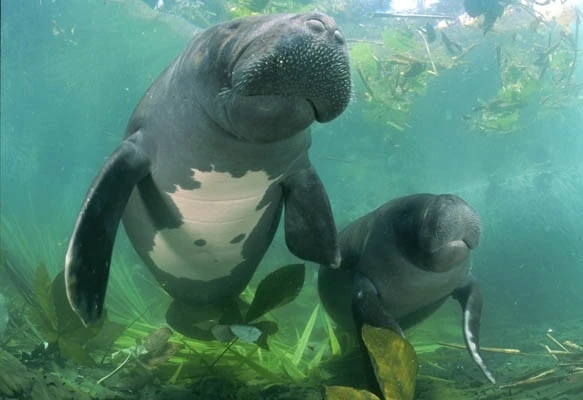
Unlike many herbivores, manatees have relatively slow gastrointestinal transit times—approximately five to nine days—which allows seeds from consumed plants to pass intact through their digestive systems (Lorenzi et al., 2020). This extended retention period, combined with their wide-ranging movements across flooded forests, oxbow lakes, and river margins, enables them to disperse viable seeds over considerable distances.
Manatees are now recognized as important long-distance seed dispersers, or ‘gardeners’ of the Amazon.
Gayil Nalls
What sets these manatees apart is not only their diet, but the synergy of their digestive biology and movement patterns, which together support effective seed dispersal across aquatic and riparian zones. Recent research highlights their role in endozoochory—the internal dispersal of seeds via ingestion and defecation (Collevatti et al., 2020). Seeds deposited in manatee feces benefit from a rich organic matrix high in nitrogen and phosphorus, essential nutrients that enhance seedling survival and early growth in nutrient-poor soils, such as riverbanks and seasonally dry floodplains.
One plant species that particularly benefits from this mutualism is Luziola spruceana, a flood-tolerant aquatic grass in the Poaceae family. Like all grasses, Luziola is a descendant of a common ancestor that evolved 50–80 million years ago (Bouchenak-Khelladi et al., 2010). Studies confirm that its seeds not only remain viable after gut passage but also germinate more effectively when enriched by dung—especially in marginal habitats like the sunbaked beaches of the Amazon (Lorenzi et al., 2020).
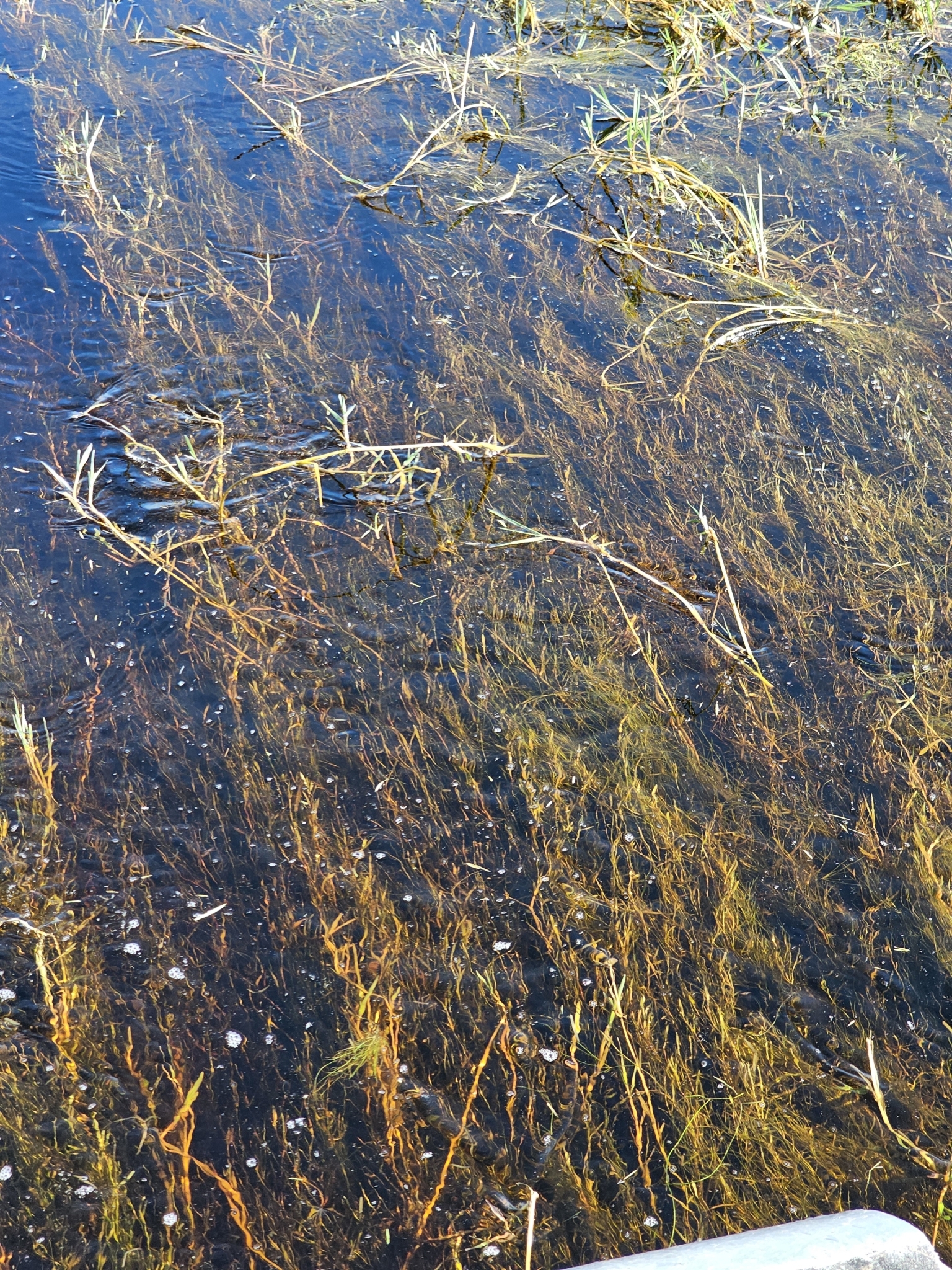
Through seed dispersal and natural fertilization, Amazonian manatees enhance vegetation heterogeneity and support ecological processes such as bank stabilization, plant community succession, and the maintenance of aquatic–terrestrial interfaces. In a biome renowned for its extreme biodiversity, their role is far from incidental—it is foundational.
Yet despite their importance, the Amazonian manatee is classified as Vulnerable by the International Union for Conservation of Nature (IUCN, 2021). Their populations face growing threats from habitat destruction, deforestation, dam construction, poaching, and climate change. The degradation of aquatic vegetation, caused by pollution and shifting hydrological patterns—further imperils the delicate interdependence between these animals and the plants they help propagate.
Protecting Trichechus inunguis is thus an act of protecting a broader ecological network. Their continued natural maintenance is tied not only to the health of the Amazon’s waterways but to the survival capacity of the rainforest itself.
The image of a manatee gliding silently through Amazonian waters masks the profound impact it has beneath the surface. These gentle herbivores are not passive residents of the forest’s edge—they are agents of regeneration. As gardeners of the Amazon, their invisible labor ensures that seeds find their way to places where forests and grasses can grow again.
To preserve the Amazon is to preserve the species that shape its future. In protecting the manatee, we safeguard a constellation of life that flourishes in its gentle wake.
Gayil Nalls, PhD is an interdisciplinary artist and theorist, and the founder of the World Sensorium Conservancy.
Top photo: pixabay.com, photo by McleroyPhotography
References
Bennetzen, Jeffrey L. “Patterns in Grass Genome Evolution.” Current Opinion in Plant Biology, vol. 10, no. 2, 2007, pp. 176–181. https://doi.org/10.1016/j.pbi.2007.01.010.
Best, R. C. “Foods and Feeding Habits of Wild and Captive Sirenia.” Mammal Review, vol. 11, no. 1, 1981, pp. 3–29. https://doi.org/10.1111/j.1365-2907.1981.tb00002.x.
Bouchenak-Khelladi, Y., Verboom, G. A., Hodkinson, T. R., and Salamin, N. “The Origins and Diversification of C4 Grasses and Savanna-Adapted Ungulates.” Global Change Biology, vol. 16, no. 6, 2010, pp. 2010–2037. https://doi.org/10.1111/j.1365-2486.2009.02081.x.
Collevatti, Rosane G., et al. “Seed Dispersal Networks in the Amazon: The Role of Megafauna and Ecological Resilience.” Ecology and Evolution, vol. 10, no. 23, 2020, pp. 13523–13535. https://doi.org/10.1002/ece3.6932.
Guterres-Pazin, M. G., et al. “Title Unknown.” Journal of Nature Conservation, vol. 82, 2024, article no. 126708. https://www.nature.com/articles/d41586-024-02874-9.
Lorenzi, M. C., Zaniolo, L., and Oliveira, L. “Manatees as Seed Dispersers: New Evidence from Amazonian Floodplains.” Journal of Tropical Ecology, vol. 36, no. 5, 2020, pp. 207–215. https://doi.org/10.1017/S0266467420000171.
IUCN. Trichechus inunguis (Amazonian Manatee). The IUCN Red List of Threatened Species, 2021. https://www.iucnredlist.org/species/22102/9343265.
Plantings
Issue 48 – June 2025
Also in this issue:
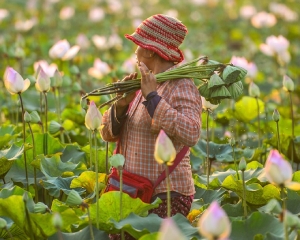
The Human and Ecological Costs of Perfume: A Call for a Social Ecological Perspective in the Fragrance Industry
By Nuri McBride
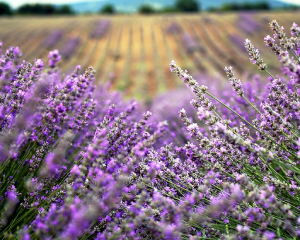
The Air We Breathe, the Life We Share
By Gayil Nalls
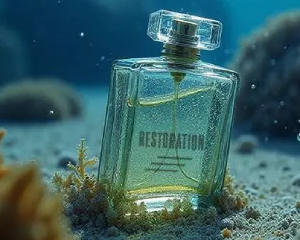
Algae ‘Perfume’ Fused with High-Tech Materials Holds Promise for Growing Coral
By Warren Cornwell
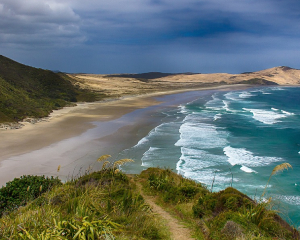
Olfactory Borders: How Rising Seas Are Rewriting the Scent of Coastal Landscapes
By Gayil Nalls
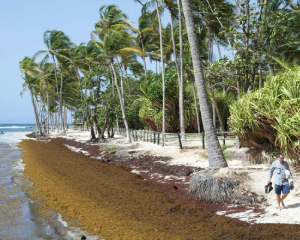
Sargassum is choking the Caribbean’s white sand beaches, fueling an economic and public health crisis
By Farah Nibbs
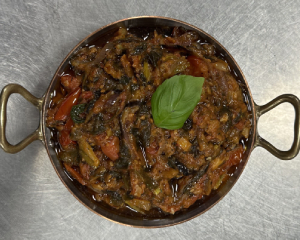
Eat More Plants Recipes:
Wakatouille
Wakamé Seaweed Ratatouille
By Chef Romain Delacretaz of La Table Marine, Nice, France
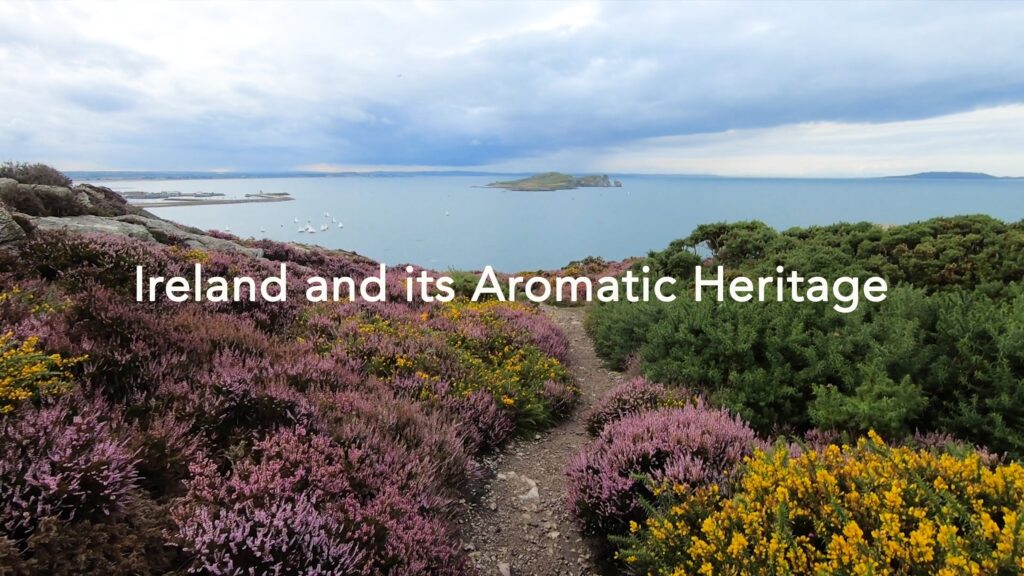
As Ireland transitions from the rich, smoky scent of peat-burning to a more sustainable future, its olfactory heritage is evolving. What will become the next iconic aromatic symbol of Ireland?
Click to watch the documentary trailer.

